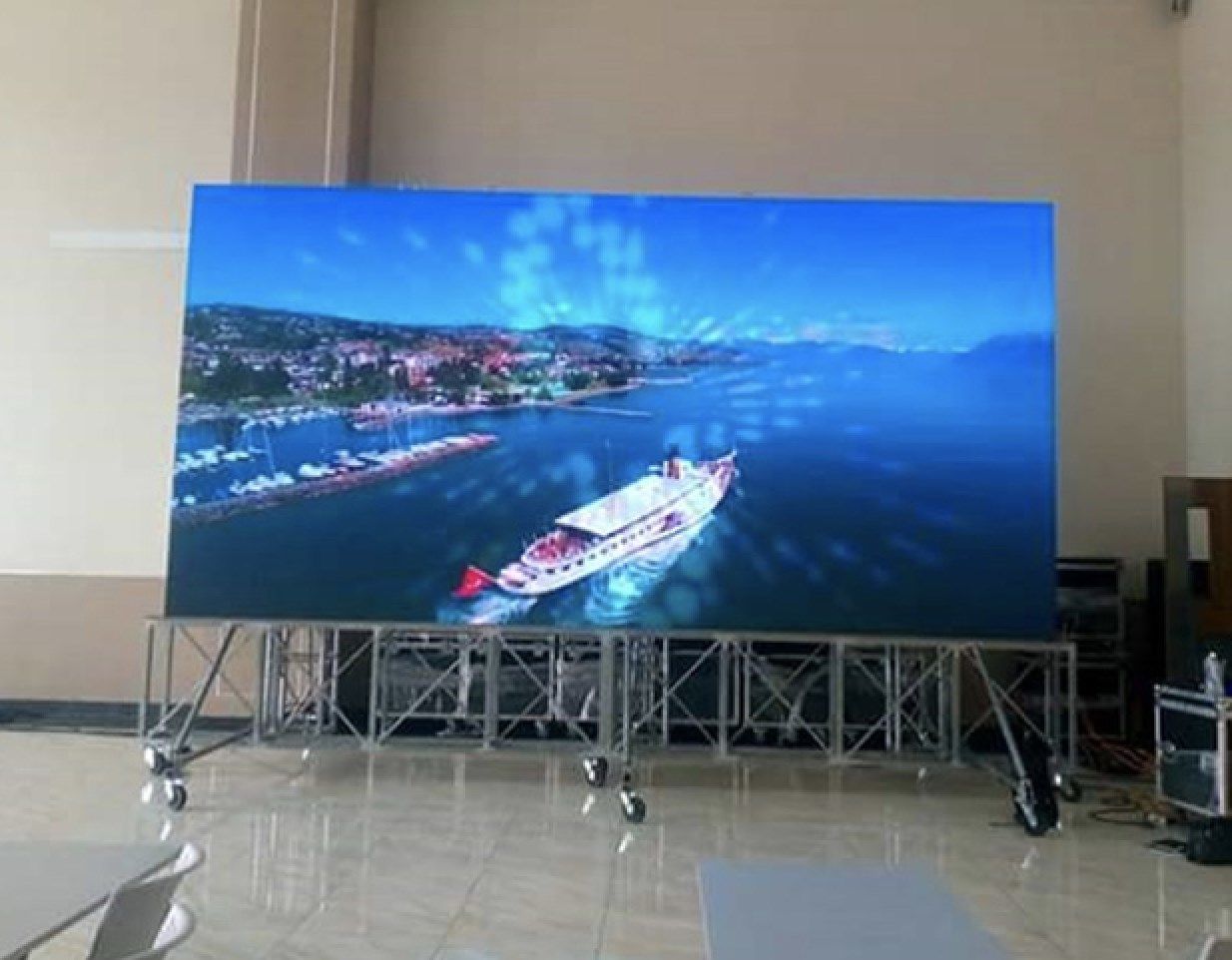Light Emitting Diode video screens have become increasingly popular in various environments, including concerts, sports events, and business meetings. These large big screens consist of made up of numerous small LED panels which function collectively to form a cohesive cohesive image. There are different types of LED video screen technologies on the market, every having its unique characteristics and benefits. Understanding these technologies can help companies as well as entities select the right solution for their particular requirements.

One frequent kind of LED display wall technology is the directly viewed Light Emitting Diode. This technology utilizes separate LED modules which are placed closely together to create a big screen. Direct view LED screens are known for their high brightness as well as lively hues, making them ideal for external activities and brightly lit environments. They also have a broad sight angle, which means that viewers can view the screen clearly from different locations. Such renders direct view LED screens a favored option for stadiums and external events.
A different kind of LED video wall solution is the LED-backlit Liquid Crystal Display. Such technology combines traditional LCD displays and Light Emitting Diode backlighting to enhance brightness and hue precision. LED illuminated LCDs are commonly used in indoor settings, including retail centers as well as meeting spaces. They provide excellent image quality and are generally more affordable than directly viewed Light Emitting Diode screens. Nonetheless, they may often perform as well in bright environments, since the illumination can occasionally dull the hues.
Another thirdly option is the OLED video wall. Organic Light Emitting Diode solution offers exceptional differentiation as well as color depth compared to other types of screens. Every dot in an Organic Light Emitting Diode display produces its individual luminescence, enabling for genuine dark tones as well as vibrant colors. This renders OLED video walls particularly attractive for uses which demand premium images, including gallery exhibitions and luxury shopping outlets. Nonetheless, OLED technology can be costlier expensive and may not be as bright as direct view LED walls, making it not suitable for outdoor use.
Along with these technologies, various additionally multiple uses for Light Emitting Diode display screens. They can be used for advertising, entertainment, and data presentation. For instance, businesses often utilize Light Emitting Diode display screens for digital signage to draw in customers as well as advertise goods. In entertainment, these displays enhance the sight experience at music events as well as events, providing dynamic backgrounds and engaging images. In corporate settings, LED display screens can be used for demonstrations, video meetings, and training programs, aiding to communicate information useful source in a visually appealing way.
In conclusion, LED display screens are available in various technologies, each with its own advantages as well as applications. Direct view LED screens are ideal for external applications, whereas LED illuminated Liquid Crystal Displays are more suitable for interior settings. OLED display screens offer exceptional visual quality but may come at a higher price. Understanding these differences can help entities to make knowledgeable choices about which kind of LED display wall best satisfies their requirements, whether it be for promotion, amusement, or corporate applications.
Comments on “A Thorough Analysis of Various LED Video Screen Technologies and The Applications”